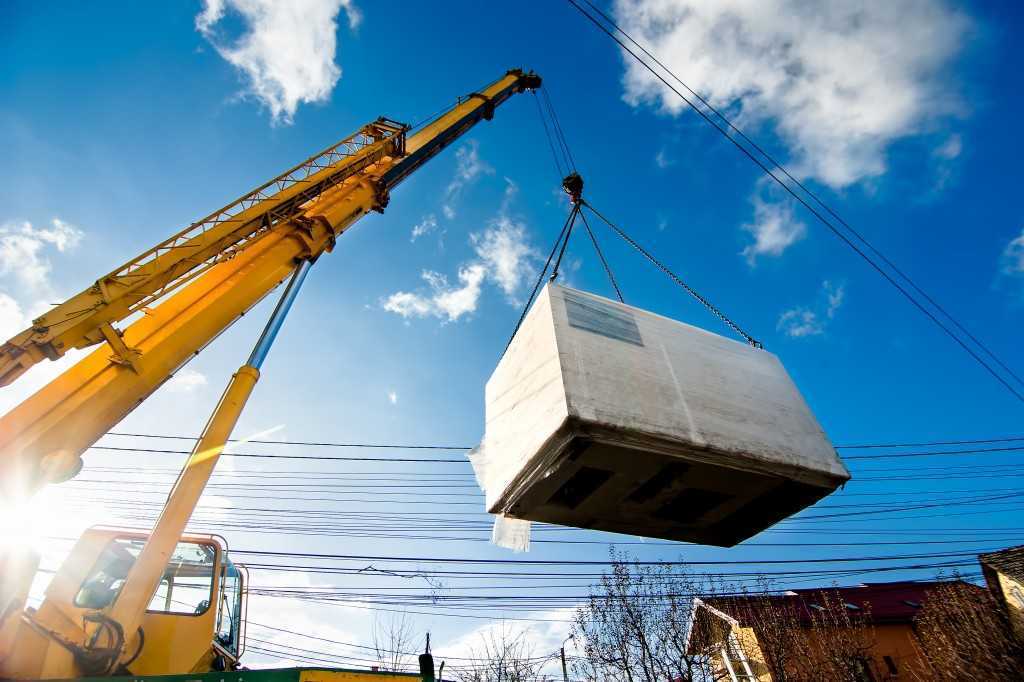
 obile crane operators are in command of a multimillion-dollar machine that regularly makes multimillion-dollar lifts. These cranes are multi-purpose construction tools, usually designed for rough terrains. With their industrial-strength tires, these monster trucks can lift loads on uneven, muddy, or harsh ground.
obile crane operators are in command of a multimillion-dollar machine that regularly makes multimillion-dollar lifts. These cranes are multi-purpose construction tools, usually designed for rough terrains. With their industrial-strength tires, these monster trucks can lift loads on uneven, muddy, or harsh ground.
But because these machines mainly operate on treacherous terrain, operators need to conduct their work with utmost caution. Accidents, particularly tipping, are common with mobile cranes—and operators are sure to suffer a tipping accident sooner or later.
As long as you follow the industry-approved safety guidelines, you can minimise the risk of accidents. Read on to ensure improved mobile crane stability as well.
Driving the Mobile Crane
Mobile cranes, such as truck-mounted cranes, have three components: the superstructure, the carrier, and the boom. Each of these has a centre of gravity (CG), and each of these parts will affect the centre of gravity of the entire machine. There are three safe methods when lifting loads, and one of them is stationary over the front. For this type of lift, operators must make sure the boom stays in between the front two outriggers (the external supports anchoring the crane to the ground) or tires.
Regardless of the method, operators must drive the mobile crane carefully with the three components in mind.
Knowing the Maximum Load Capacity of the Crane
Crane engineers determine how much weight the materials in cranes can handle through rigorous testing. They first hang a weight on the crane, and take it up until they see how far the crane can go. The results of these tests are manifested in the load chart, which operators need to study to minimise risks of tipping.
Some operators, however, work on rough terrain, lacking the perfect conditions engineers in a testing facility have. One trick to prevent a tipping accident in rough terrain is to always try to position the crane by lifting it in the most unsteady point, and then swinging it to a more stable direction. This will prevent miscalculations and accidentally overloading the crane during lifting.
News from around the world involves accidents related to tipping cranes. To that end, do your part and do not become a statistic. Equip yourself with knowledge to help you keep safe, and apply what you have learned on site.
